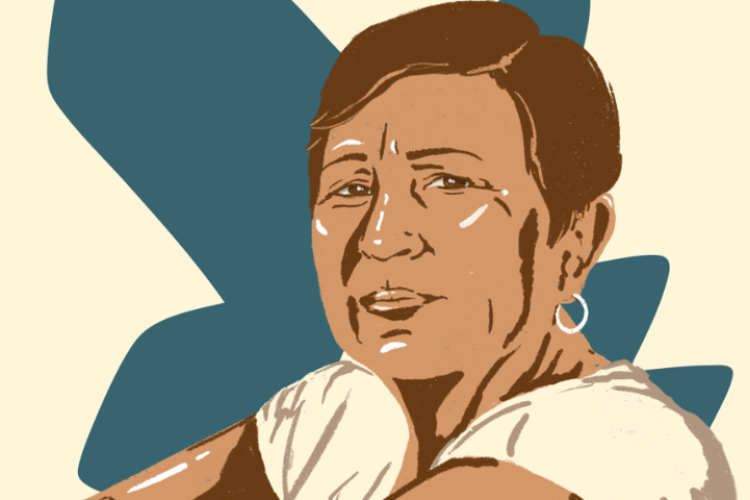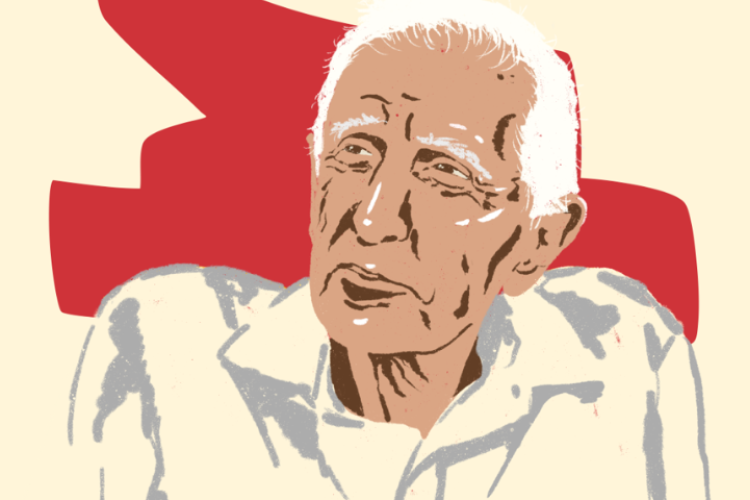Healthcare Access

EXPAND VOLUNTARY ACCESS TO LOW-BARRIER HEALTH CARE, INCLUDING PRIMARY CARE, MENTAL HEALTH CARE AND BEHAVIORAL HEALTH CARE
The average life expectancy of a person in the United States is 77 years old, but for a person who has experienced homelessness, life expectancy is only 50 years old—nearly 30 years shorter than the average American. Exposure to harsh conditions, limited access to health care and an array of tri-morbidities, including—chronic medical conditions, mental health disorders and substance use disorders—have all contributed to increased morbidity and mortality in Philadelphia, where unsheltered homelessness continues to climb. Deaths among people experiencing homelessness have increased by a staggering 600 percent over the last 15 years, fueled in large part by a deadly opioid crisis.
TOGETHER WE MUST:
- Improve coordination between homeless services and healthcare systems
Eliminate “hospital dumping” by improving coordination between homeless services and hospital systems.” Discontinue the common practice of completing a “reverse discharge” when the External Agency Referral (EAR) process is not followed.
Establish partnerships between emergency housing providers and home health agencies. Many people who do not require the level of care of a medical respite or skilled nursing facility are turned away from shelter because they cannot complete their activities of daily living (i.e. bathing, toileting, transferring) without assistance. Partner with home health care agencies to provide services on-site at shelters. Explore opportunities to expand and retool the PEACE Program through the Office of Homeless Services.
Revive the Homeless Death Review under the auspices of the Medical Examiner’s Office (MEO). Incorporate findings into the City’s annual planning/ budget process.
Expand Accessible Housing. Ensure that emergency shelters, safe havens, transitional housing services and programs are fully accessible to individuals with disabilities, including people who use wheelchairs, people with visual impairments, people who are hard of hearing, and people who are physically unable to climb stairs, as required by law.
- Avoid Arrests and Incarceration through Permanent Housing and Voluntary Substance Use Treatment.
- Create Incentives for Providers to Develop or Expand Long-Term Recovery-Focused Housing. Prioritize recovery housing and housing first within the local Continuum of Care (CoC) competition.
Provide housing options for people who prefer abstinence-focused residential programs and housing first options for people who continue to use drugs or alcohol and want housing. Align supply with demand based on an assessment of community needs. Incorporate HUD guidance on recovery housing.
- Create Incentives for Providers to Develop or Expand Long-Term Recovery-Focused Housing. Prioritize recovery housing and housing first within the local Continuum of Care (CoC) competition.
- Reduce the risk of housing instability for people who are involved in the criminal justice system by improving coordination between the courts, service providers, and the Department of Prisons (DoP).
- Encourage judges in Municipal Court and the Court of Common Pleas to consider shorter sentence for defendants who will be at risk of losing housing vouchers or other public benefits if they are incarcerated for more than 90 days.
Create a consent form authorizing the DoP to communicate with service providers. Improving coordination and communication will help case managers connect their clients to housing, medical and behavioral health supports upon re-entry.
- Increase Access to Medications for Opioid Use Disorder (MOUD)
- Increase engagement in MOUD treatment through financial incentive programs for hospitals and patients, which have been proven effective for people who use opioids and poly substance users.
- Streamline enrollment in community-based methadone programs before patients are released from incarceration or discharged from hospitals into skilled nursing facilities (SNFs).
- Increase employment stability by reducing restrictions on how many take-home doses of methadone patients can receive.
- Reduce the risk of a fatal opioid overdose by increasing access to medications for Opioid Use Disorder in local pharmacies. Assist patients by helping them find pharmacies with buprenorphine and providing financial assistance for medications. Medications for opioid use disorder are highly effective, yet many patients report difficulty filling their prescriptions at their local pharmacies.



